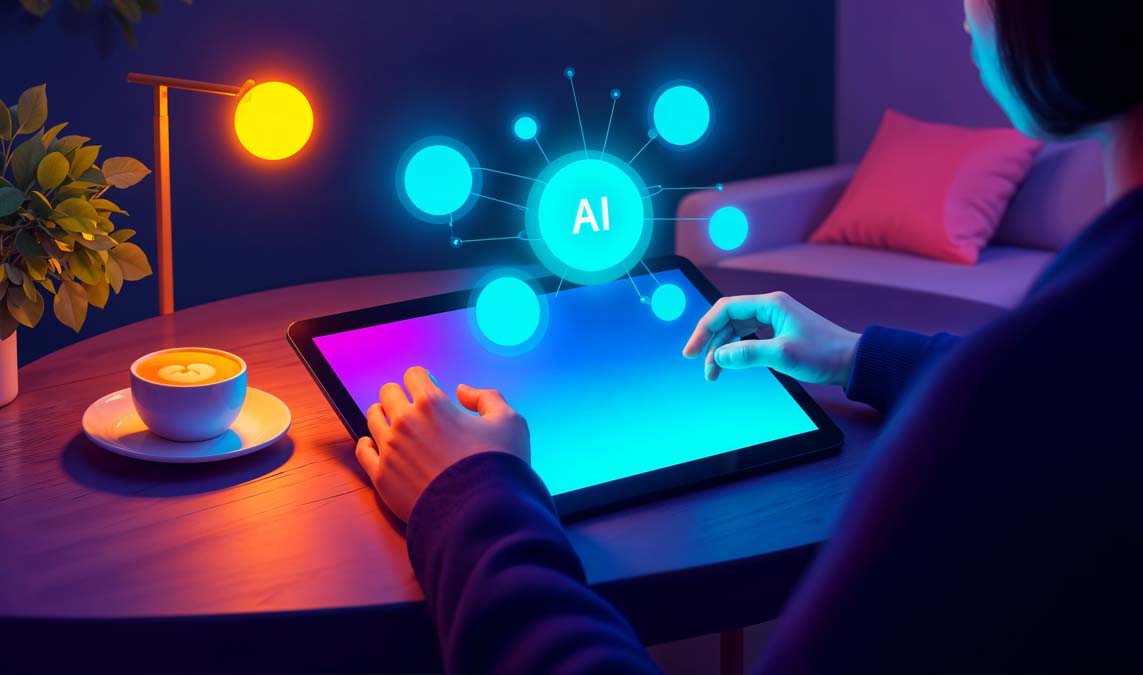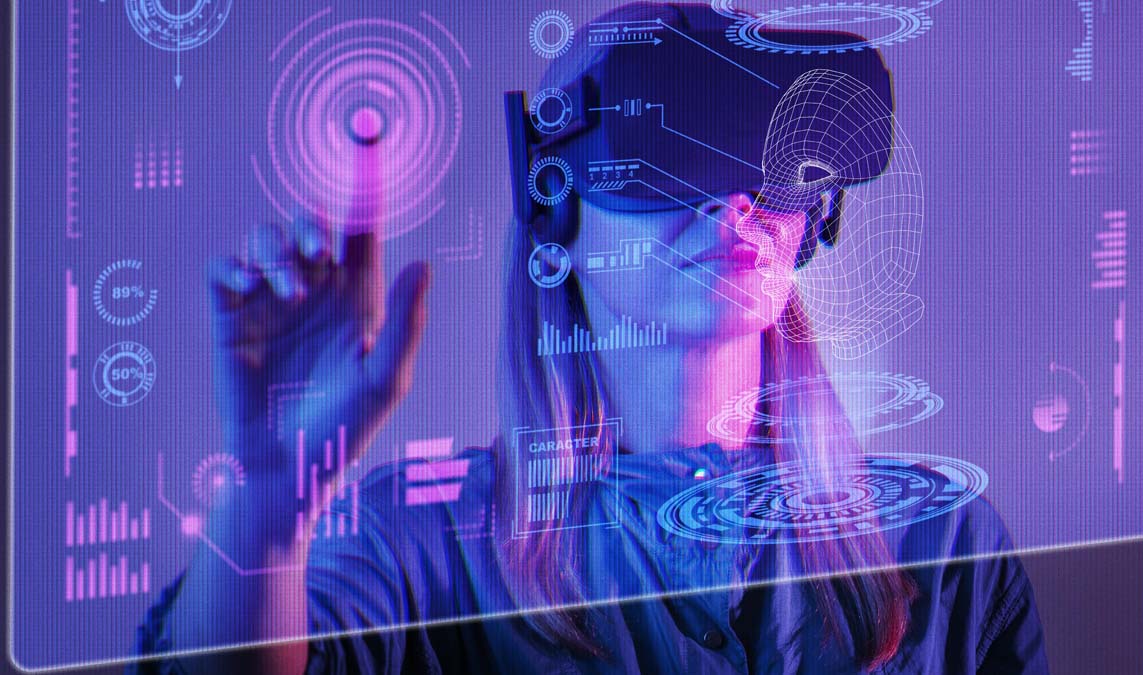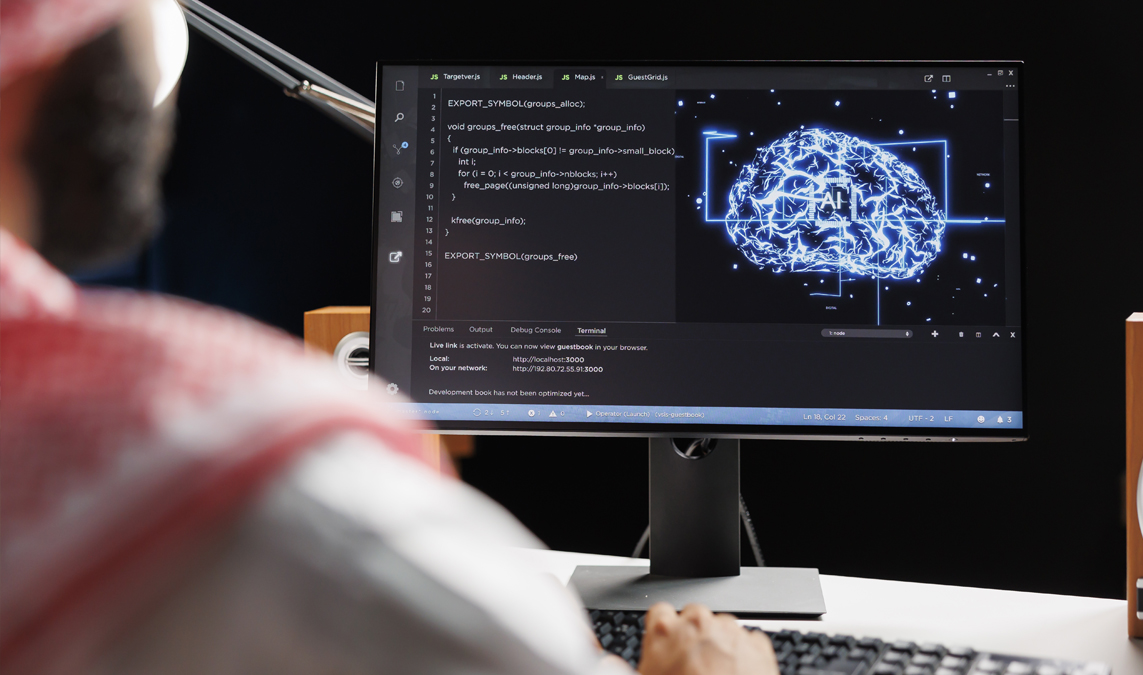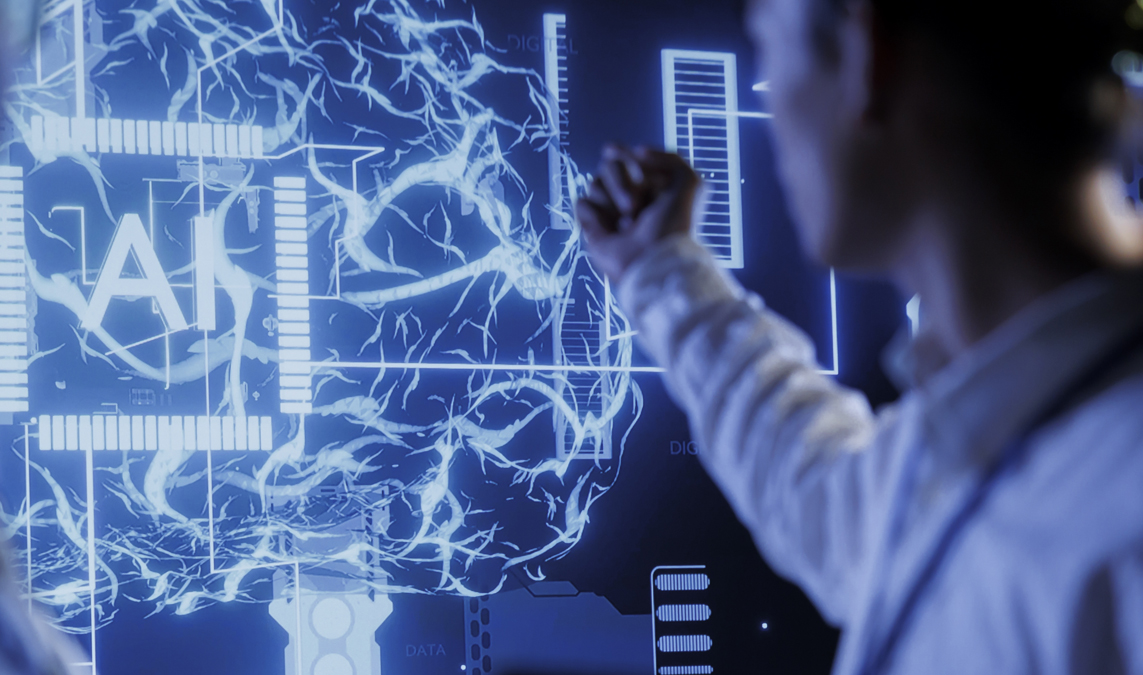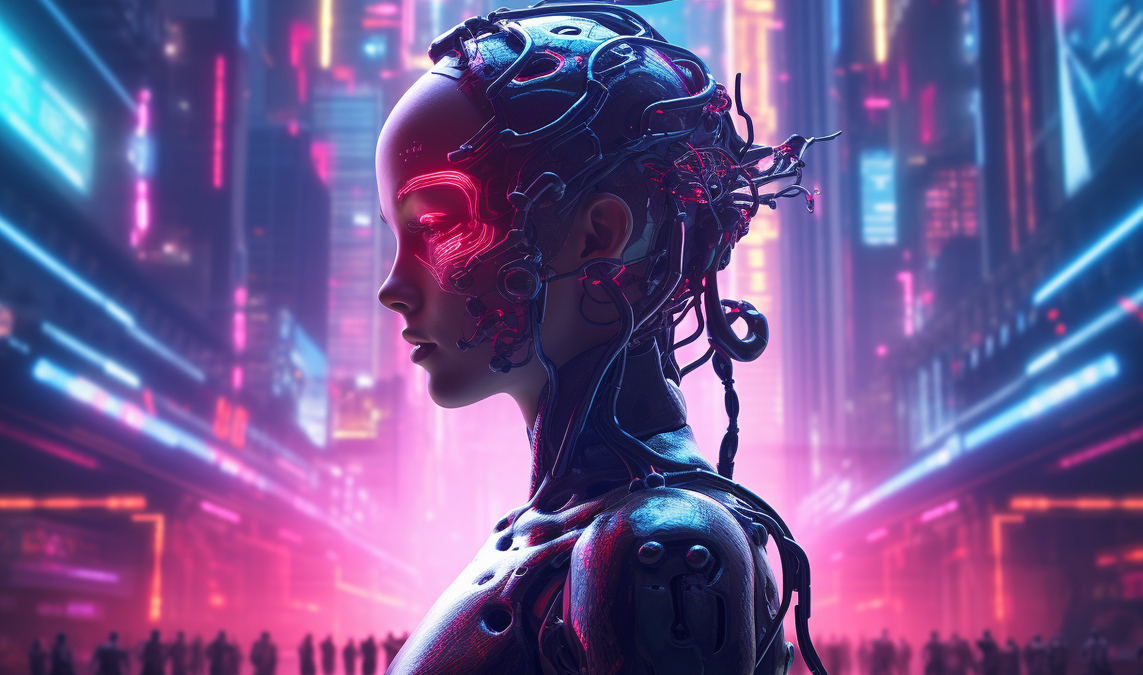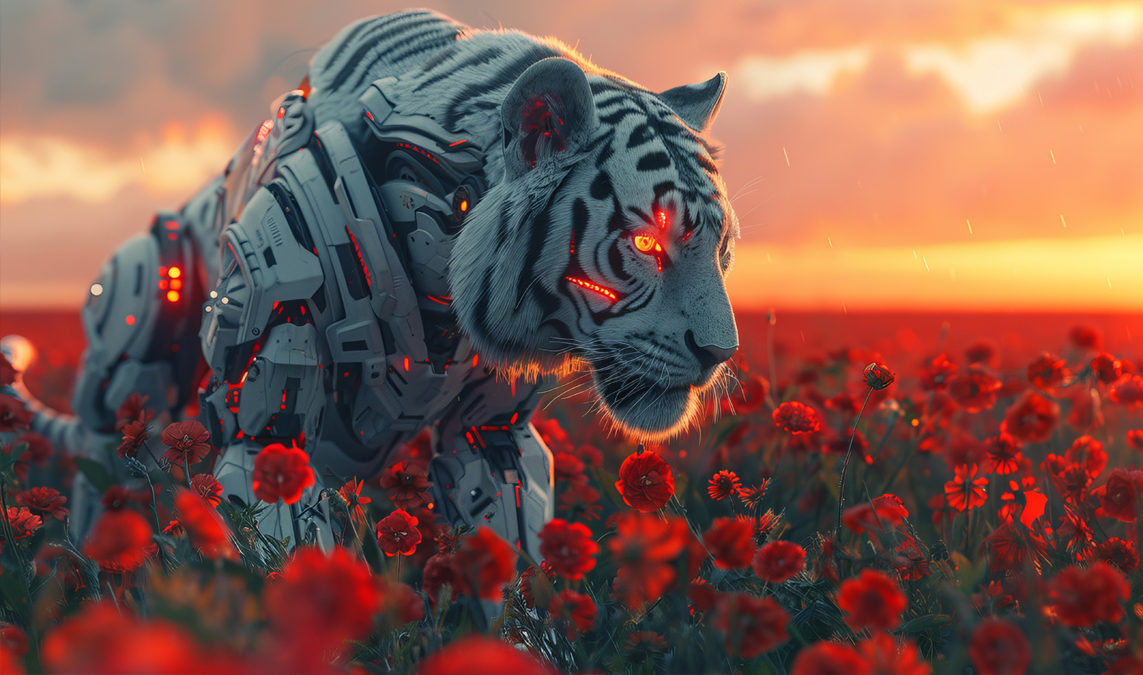Introduction: Understanding the Momentum Behind the Latest AI Trends
Artificial intelligence continues to evolve at a rapid pace. Each year brings new tools, improved models, and groundbreaking applications. The latest AI trends in 2025 are not only shaping how we work and create, but also influencing global policies, education systems, and ethical standards. Therefore, staying updated is essential for anyone invested in the future of technology.
1. Generative AI Expands into Real-World Use Cases
Generative AI has become a cornerstone of modern productivity. Tools like ChatGPT, Gemini, and Claude are no longer niche innovations—they are widely adopted across industries. Furthermore, 2025 brings a significant shift: generative AI is being embedded into professional workflows.
For instance:
Architects use it for 3D modeling
Marketers rely on it for copy generation
Developers deploy it for code suggestions
Educators apply it to create adaptive learning materials
In addition, multimodal models now handle text, image, and audio inputs simultaneously. As a result, they enable more natural and efficient human-computer interaction.
2. AI Ethics Are Evolving with Regulation
Alongside rapid progress comes heightened scrutiny. Ethical concerns around AI are more prominent than ever. Consequently, governments and organizations are pushing for stronger regulatory frameworks.
To address these concerns, new policies are focusing on:
Data protection and user consent
Algorithmic transparency
Bias mitigation in AI outputs
Environmental sustainability of training models
Importantly, companies are expected to conduct regular AI audits. These ensure their systems align with both local and international standards.
3. Automation Is Reaching Every Industry
AI-powered automation is scaling rapidly. What began with customer service bots has expanded into finance, healthcare, manufacturing, and logistics. Moreover, as models become more accurate and accessible, businesses of all sizes are embracing intelligent automation.
Current examples include:
Fraud detection systems in banking
Automated inventory systems in retail
Predictive diagnostics in healthcare
Real-time translation in global communication
Thanks to AI, companies are reducing operational costs while increasing efficiency. Simultaneously, they are freeing up teams to focus on strategic and creative work.

4. Edge AI Brings Intelligence Closer to the User
Another key trend is the rise of Edge AI—the processing of data directly on local devices instead of cloud servers. This approach improves speed, reduces bandwidth usage, and enhances privacy.
Devices using Edge AI include:
Smartwatches and fitness trackers
Home security systems
Drones and autonomous vehicles
Industrial sensors for predictive maintenance
Because these devices process data on-site, users benefit from instant responses and greater control over personal information.
5. Explainable AI (XAI) Builds Trust
As AI influences high-stakes decisions, users demand to know why a model made a specific prediction or recommendation. Therefore, Explainable AI is gaining momentum.
XAI allows stakeholders to:
Understand model logic and confidence levels
Identify potential errors or biases
Make informed decisions with AI support
For example, in healthcare, doctors can now review AI-generated diagnoses alongside human reasoning, rather than accepting them blindly.
6. Creative Collaboration with AI Flourishes
Contrary to early fears, AI hasn’t replaced human creativity—it has enhanced it. Artists, musicians, designers, and writers are now working with AI as a collaborative partner.
Popular applications include:
AI-generated music production
Scriptwriting assistants for film and TV
Design tools that refine user-generated ideas
Photo and video editing with intelligent suggestions
Not only does this save time, but it also broadens access to creative production for people without traditional training.
7. AI Is Transforming Education Worldwide
Education is another area undergoing transformation. Using AI, educators can now deliver personalized learning experiences at scale. As a result, students receive content tailored to their strengths and pace.
Current innovations involve:
AI tutors that adapt to each learner
Automated grading and feedback tools
Language learning apps with real-time correction
Platforms that track engagement and comprehension
Because of these advancements, schools and institutions are seeing improved outcomes across age groups and regions.
8. Human-AI Collaboration Grows Stronger
In 2025, collaboration between humans and AI is more balanced than ever. The focus has shifted from replacing people to empowering them. Therefore, the “human-in-the-loop” model is now widely accepted.
This model ensures that:
Final decisions remain in human hands
AI augments tasks rather than automates them fully
Feedback loops improve model accuracy over time
Fields benefiting from this include medical diagnostics, contract review, cybersecurity, and journalism.
9. AI Fights Climate Change and Promotes Sustainability
Finally, AI is playing a major role in environmental conservation. The latest AI trends show an increase in tools designed to optimize energy use and predict climate patterns.
Sustainability applications include:
AI-driven smart grids
Crop yield prediction for efficient farming
Real-time wildfire detection systems
Water usage optimization in urban planning
Thus, AI is emerging as a powerful ally in addressing global environmental challenges.
9. AI Fights Climate Change and Promotes Sustainability
These nine latest AI trends highlight a shift toward more ethical, accessible, and human-centered technology. While the capabilities of artificial intelligence continue to expand, so does our responsibility to guide its use wisely.
Looking ahead, collaboration between governments, developers, and users will be crucial. By staying informed and adaptive, we can ensure AI remains a tool that benefits society as a whole.
Now is the time to invest in understanding, applying, and shaping these AI advancements. Because the future isn’t waiting—and AI is already building it.

